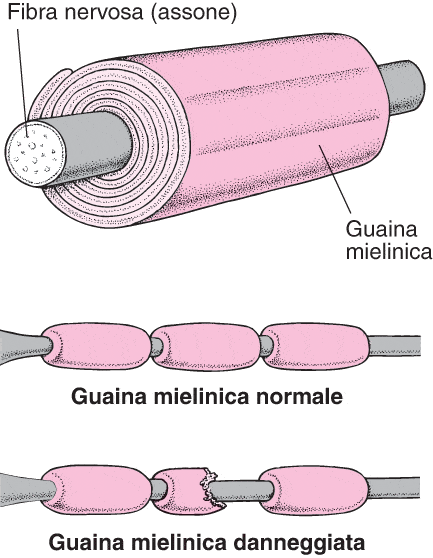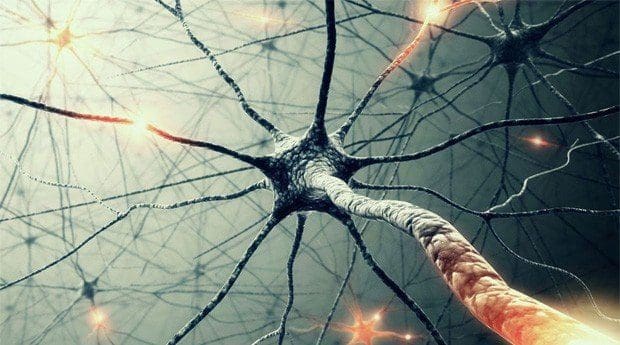A team of researchers created a compound that in mice tests was able to promote the reconstruction of the myelin sheath surrounding the axons of neurons.
Myelin formation corrects the damage caused by ailments such as multiple sclerosis, otherwise known as plaque sclerosis.
What is myelin?
Myelin is a membrane structure that surrounds the axons of neurons (the parts of cells responsible for transmitting electrical signals). The myelin lamellae are small protrusions that repeat every 12 nanometers along the entire length of the axons, constituting a real "sheath".
This medical discovery it can pave the way for a new treatment that combats all conditions leading to demyelination, such as multiple sclerosis (MS).
The study was published in the scientific journal Glia.
What happens in multiple sclerosis
The definition of multiple sclerosis is that of an autoimmune inflammatory condition which includes the loss of myelin around the axons, and destroys the ability of the nerves to transmit electrical impulses.
Only the nerves of the central nervous system are affected by multiple sclerosis. The regions of the nervous system that lose myelin are called "lesions" and the term "multiple sclerosis" indicates the presence of widespread lesions.

The role of hyaluronic acid
The team found that hyaluronic acid accumulates in the brain of multiple sclerosis patients. In disease, this molecule fragments and concentrates in small parts close to the lesions. This accumulation constitutes a signal that blocks the genes responsible for myelin production.
The team explored possible solutions to block the accumulation of hyaluronic acid and thus promote remyelination.
The discovery of S3
In the latest study on mice, the team observed that S3, a suitably modified flavonoid is capable of hyaluronic acid effects and stimulate the formation of new myelin.
“Not only does S3 promote remyelination and return myelin, but it also stimulates the speed of transmission of electrical signals in axons,” says Sherman.
Phase two has already started: the team is administering the compound to a rare population of macaques suffering from a multiple sclerosis-like syndrome known as “Japanese macaque encephalomyelitis.” A syndrome which, just like multiple sclerosis with plaques, causes multiple lesions and prevents axons from transmitting signals. The result is the same: as with multiple sclerosis it leads to death.

“If we have confirmation, this study brings us great hope: we are less than a year away from clinical trials on humans,” explains the first author of the study Larry sherman, in a recent press conference.


